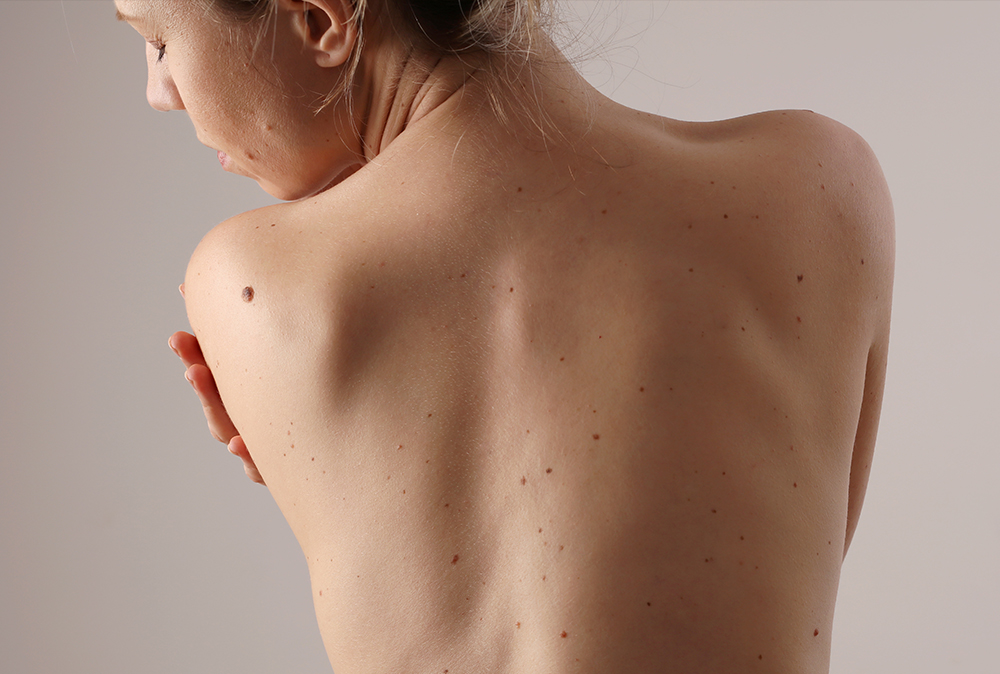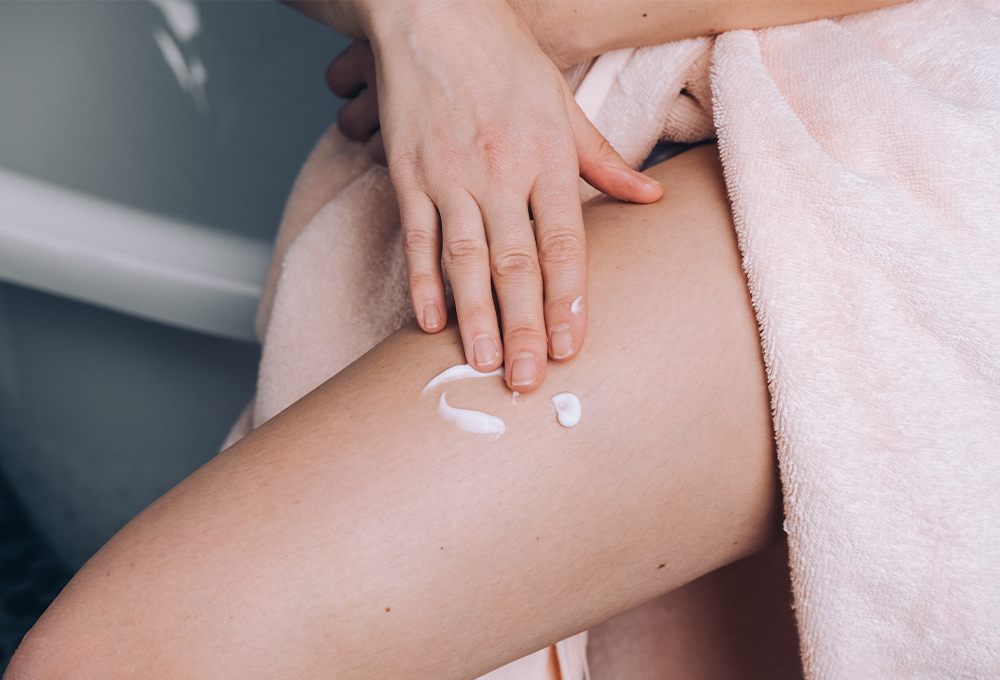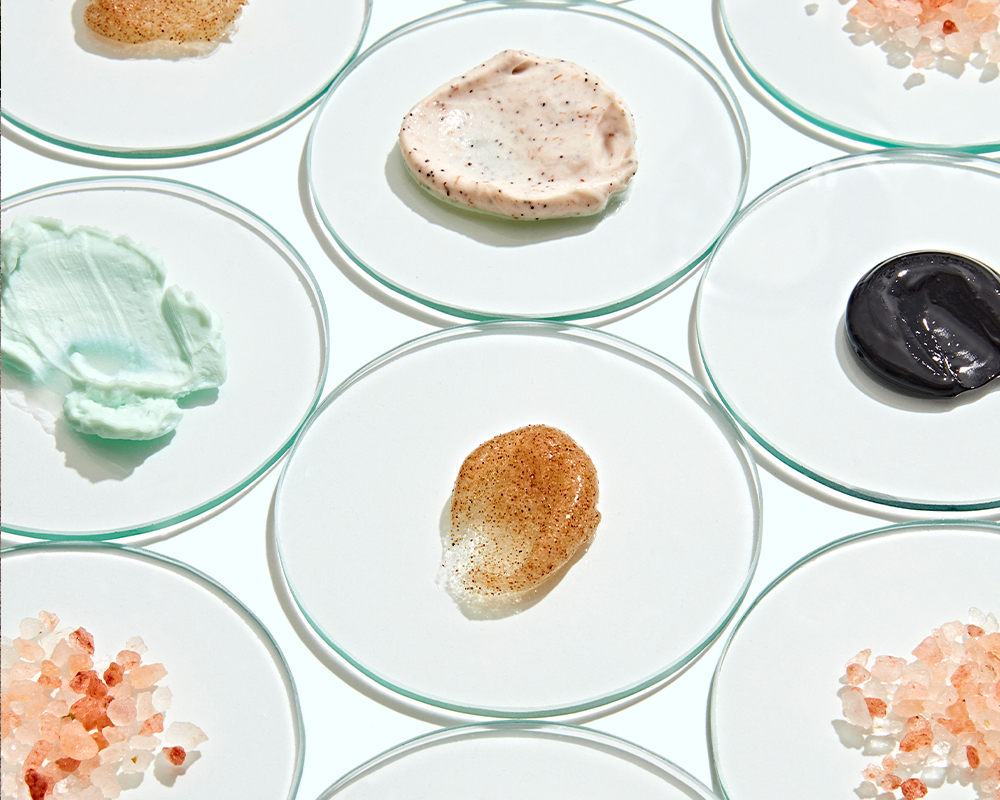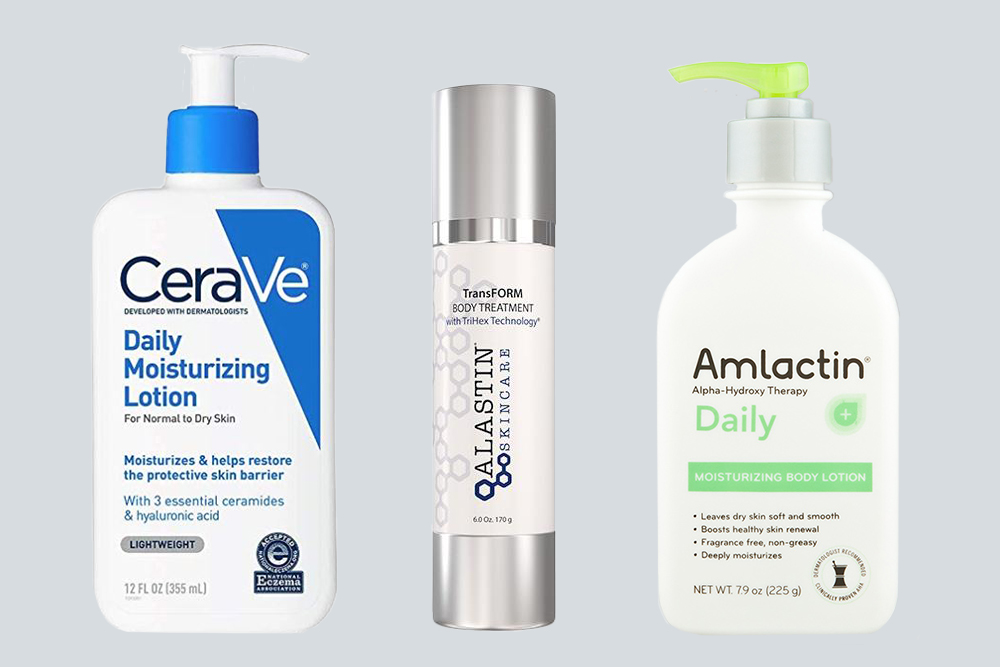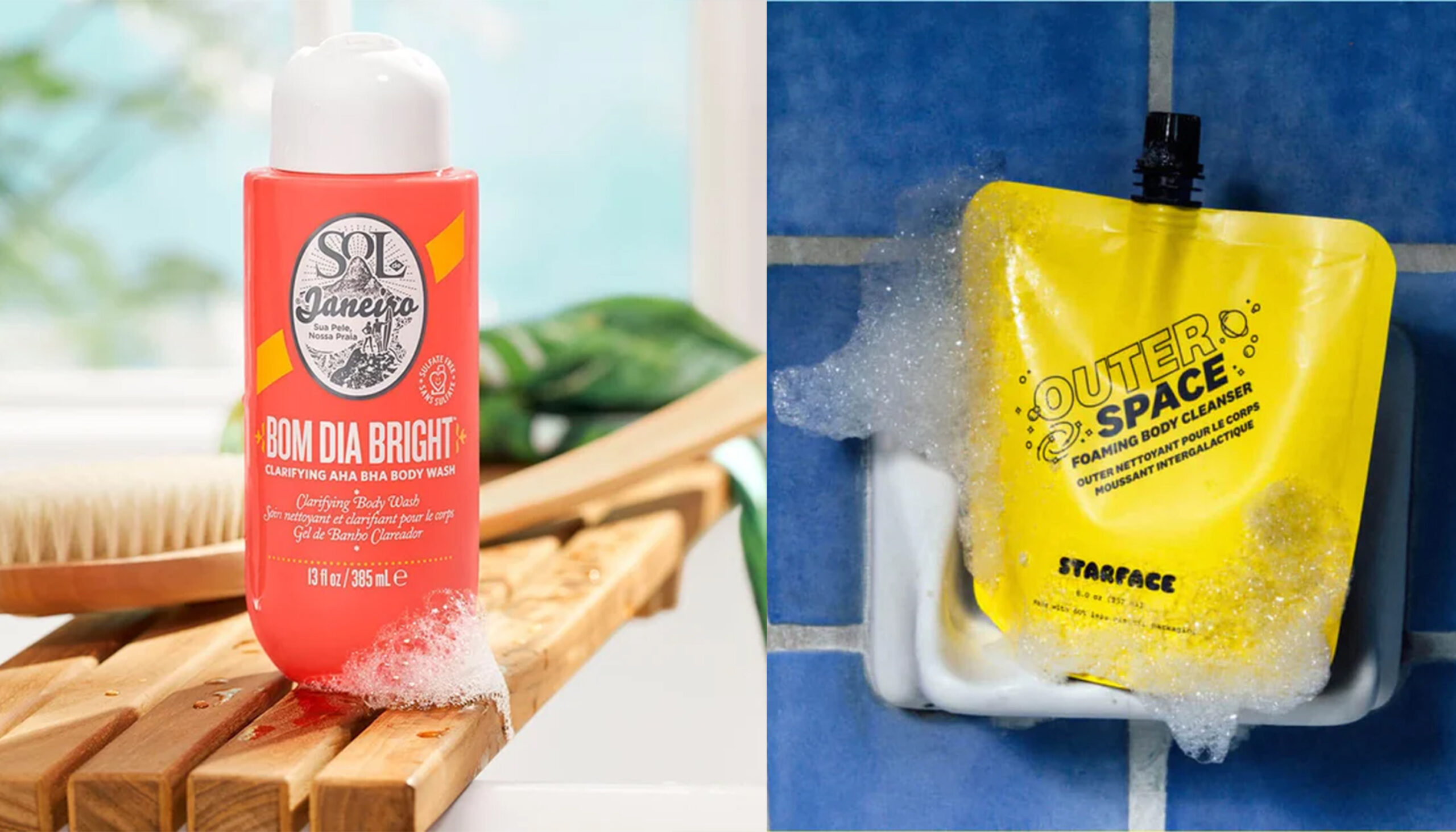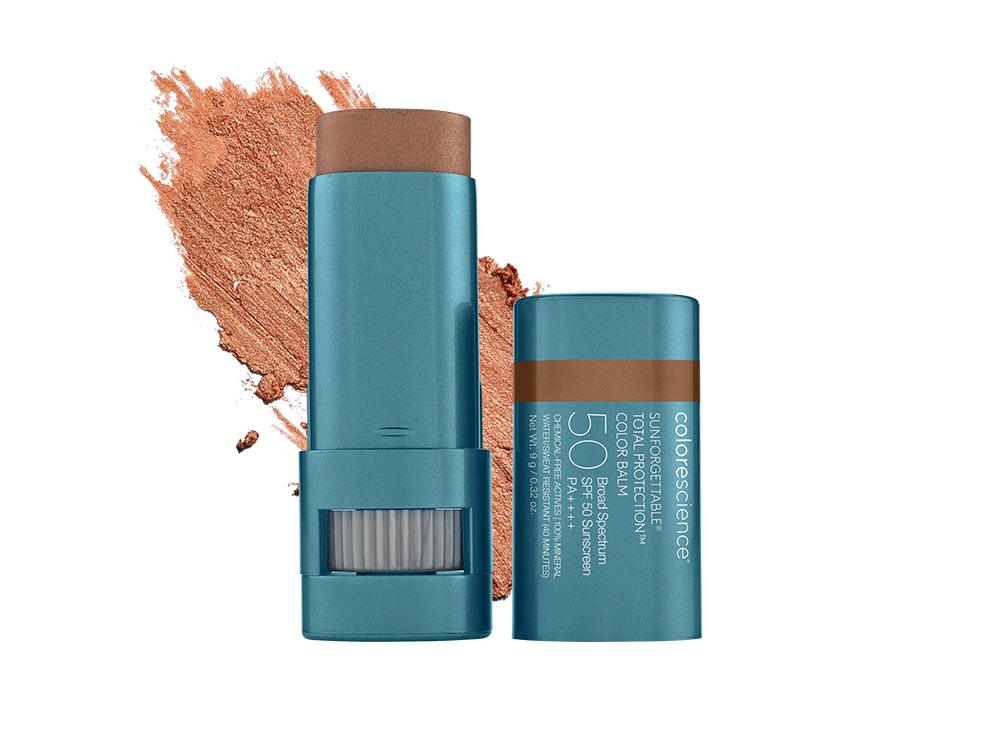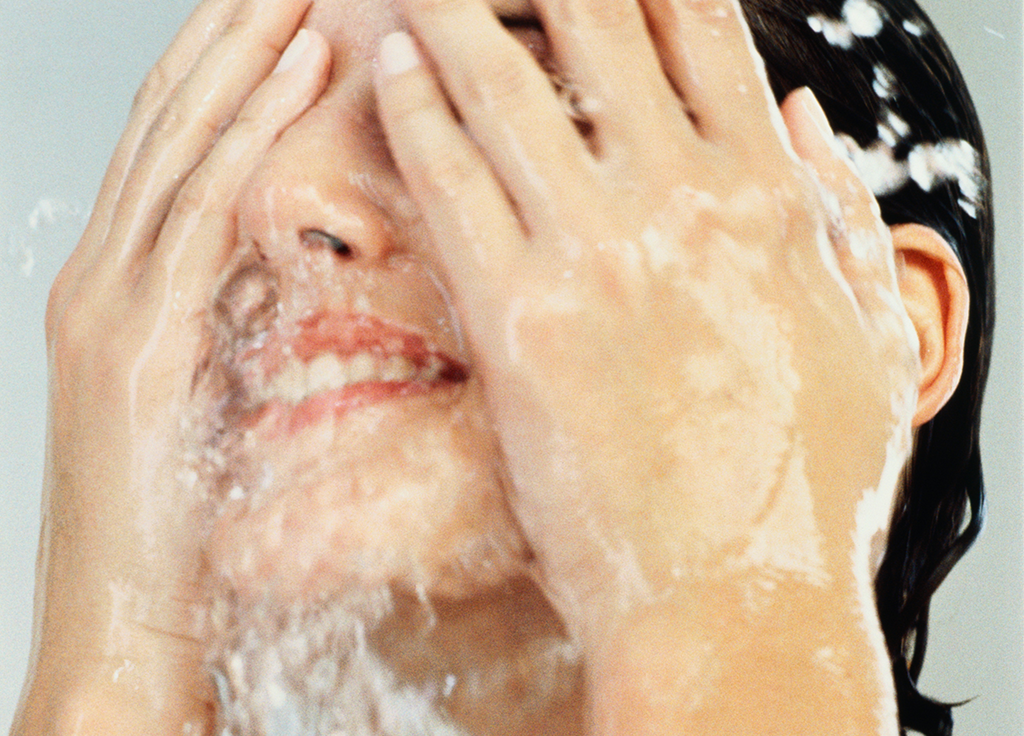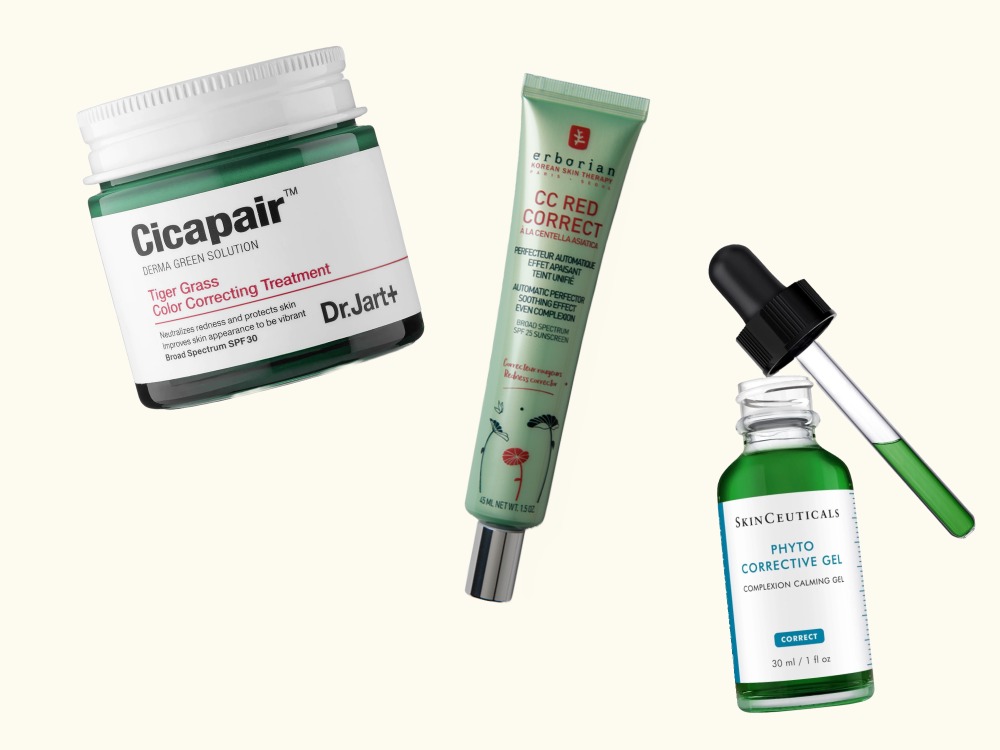Trends come and go, but the damage some do can last forever. Recently, social media trends took a turn for the worse, with people trying at-home mole removal. This practice is dangerous for a myriad of reasons, from potential infection to missing timely skin cancer diagnoses. Top dermatologists strictly warn against this practice, especially when there’s the option to get a mole looked at by a professional that can offer safe, effective care.
Campbell, CA dermatologist Amelia K. Hausauer, MD, explains that “moles, on the most basic level, are a collection of pigment-making cells that cluster deep into the skin. It’s nearly impossible to remove these at home without significantly damaging skin.” Even in the office, experts need to use techniques beyond those that remove superficial spots because moles have deeper roots, explains Dr. Hausauer. She says the “crazy and scary” trend is not to be attempted at home.
You can miss timely skin cancer diagnoses
“Moles start much deeper under the skin, and many innocent-looking moles may be harboring early stages of skin cancer,” says New York dermatologist Rachel Nazarian MD. “By trying to kill off the tissue with a bobby-pin, or baking soda and vinegar, you’re potentially leaving behind cancerous cells, and then making it more difficult to diagnose by covering it with scar tissue.”
Beyond traditional moles, other skin changes can be cancerous cells in disguise. Examples include amelanotic melanoma or squamous cell skin cancer, warns New York dermatologist Orit Markowitz, MD. Once you’ve messed with the lesion, it becomes hard to know if it’s misbehaving because of the attempted self-removal or because it’s a “deadly, amelanotic melanoma, which is the most aggressive kind of melanoma and the number-one cause of melanoma-related deaths,” she adds. Not having your moles evaluated and removed, if necessary, by a board-certified dermatologist can put you at risk for “pretty nasty malignancy” since you’re delaying diagnosis, says Dr. Markowitz.
People at home also don’t have access to tools dermatologists do, like dermatoscopes. Fort Lauderdale, FL dermatologist Dr. Matthew Elias explains that this tool helps dermatologists examine below the surface of the skin to help assess if the mole is benign or potentially malignant. “If the mole is potentially malignant or bothersome cosmetically, the dermatologist can use specialized tools to safely and easily remove the mole. It can then be sent to a pathologist for tissue examination,” says Dr. Elias. “Tissue examination by a pathologist allows the most important part of removing a mole. At-home mole removal does not afford you this most important opportunity.”
You can cause an infection or necrosis
As you might assume, digging into your own skin could lead to bleeding and discomfort, but it could also lead to serious infection and skin death, says Dr. Elias. “If the threat of skin cancer isn’t bad enough, trying to remove your own moles at home can lead to infection,” warns Dr. Nazarian.
Dr. Markowitz has seen the absence of sterile objects and professional expertise lead to problematic infections in her patients. “When the soft tissue gets infected, it gets necrosis,” explains Dr. Markowitz, who had a patient develop fat tissue necrosis infection after trying an at-home removal. “That becomes an emergency and can be life-threatening even.”
You can get a bad scar
Scarring is the least-concerning consequence of at-home mole-removal attempts, but it’s worth talking about the cosmetic repercussions. Dr. Nazarian warns that you can get a nasty scar from trying to remove something yourself. On the other hand, dermatologists and plastic surgeons can often remove skin abnormalities without much of a trace. Board-certified dermatologists spend their entire career studying the science and artistry of these types of procedures, says Dr. Hausauer. She warns that online tutorials instructing people to burn off moles with acid or use scissors to cut them off can be “disfiguring.”
Dr. Markowitz has seen it firsthand. “I have a young man who did that and ended up with a soft tissue infection. He literally has an indentation in the buttock for life as a result, a huge deformation in the skin,” she says.
You’ll likely not be able to remove everything
Without professional tools and knowledge, the odds of you getting every inch of skin that could be cancerous is low. Dr. Markowitz says things often aren’t fully removed when people attempt to do it themselves. This means you run the risk of leaving behind cancerous cells without realizing it.
